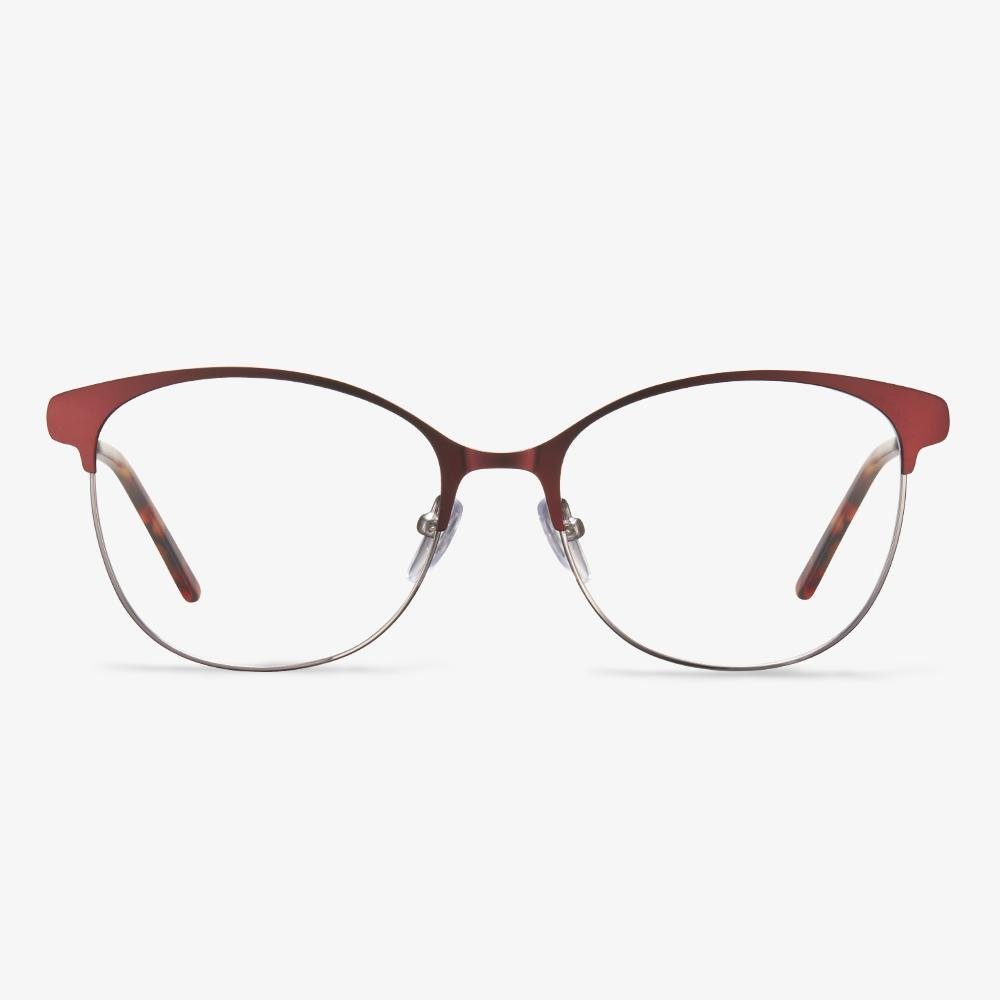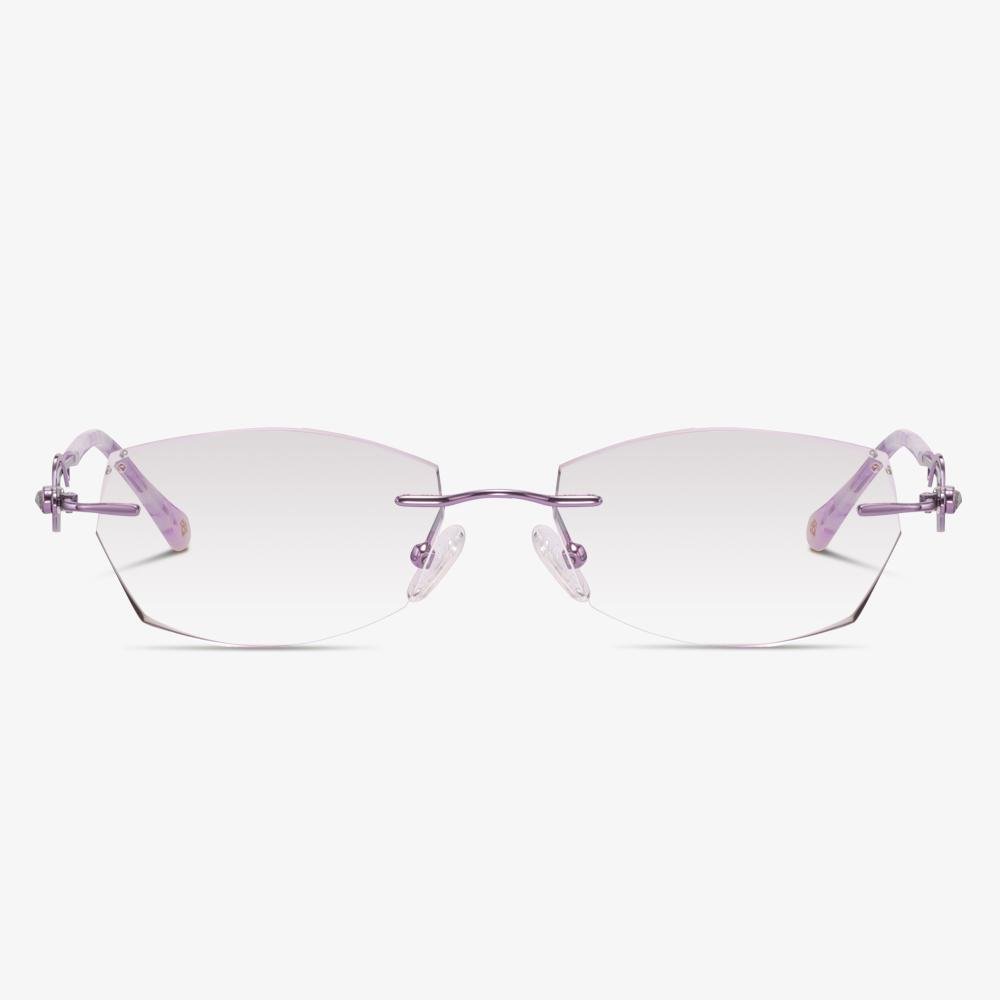The disadvantages of progressive lenses
- The field of view in the near and middle distances is relatively narrow.
- The adaptation time is longer and patients with greater astigmatism are not suitable for wearing.
- The peripheral aberration is large, and there will be large astigmatism in the periphery.
Sunglasses For Fishing - Oakley
It is headquartered in California, USA, and Oakley is a world-renowned eyewear brand, specializing in the development of polarized glasses, sports glasses, and protective goggles. ?Oakley combines traditional art and optical concepts to make a breakthrough in the performance and design of the eyewear market.
Why are rimless glasses so expensive?
Rimless glasses are the design vantage point in the frame of glasses. The structure of rimless glasses requires many higher physical features (flexibility, surface texture, etc.) and machining accuracy than TR, PEI, and other materials. In order to ensure comfortable wear, the common materials are very exquisite. And for processing technology, the frame is the most difficult. It's not just grinding, it's a full polishing, and it's perforating. This is the technical demand and the most time-consuming.
Choose the right color for your glasses.
Black, of course, is the classic color. For boys, wearing black frame glasses can promote the stereo sense of their facial features. Black is the most recognizable color. Black-rimmed glasses will make the outline of a boy's face clearer and make his appearance more handsome. Silver-framed glasses have all the features of metal-framed glasses. But compared to rose gold, silver is a bit more understatement, and it's very versatile and can be worn by guys with different skin tones. Those with darker skin tones can try deep burgundy shades, like popular brown and amber glass frames. Such a frame won't show too dull and won't show too abrupt. At the same time, it will be more harmonious to use a dark skin tone to foil.
ShadyVEU HD blue light blocking Glasses
The anti-reflective yellow and amber lenses are the best choices for outdoor vision protection, as they reduce high-intensity glare from bright lights (headlights, LED signs, etc.) at night. They are suitable for daytime driving with a clear vision, especially in low light conditions such as rain, haze, and winter. Yellow and amber-colored lenses help block out our computer screens, smartphones, games consoles, tablets, and TVs, helping to prevent melatonin suppression and thus helping wearers fall asleep faster.
They are suitable for sports, hunting, fishing, cycling, work, practical and construction work, day driving, night driving, bright days, snow days, and low light conditions.
Why should you choose thin lenses?
Regular lenses are great for low-prescription people, but for high-prescription people, high-prescription regular lenses are too thick and heavy, making them unattractive and have a poor wearing experience. For high-prescription people, we recommend that they choose thin lenses with a high refractive index because they are lighter and more attractive to wear. For any astigmatism above +3.00, we recommend 1.67 or 1.74 refractive index lenses because these lenses are aspherical in design, which means they are thinner, flatter, and lighter than standard spherical lenses, which reduces the magnification of your eyes to other people.
Progressive Lens
Standard progressive lenses are multifocal lenses with three observation areas, farsightedness, intermediate vision, and nearsightedness. Unlike bifocals, there are no visible lines between each viewing area. They have a seamless, invisible design, where the optical power changes 'gradually' throughout the lens. Many people confuse 'bifocal' or 'trifocal' with 'progressive' but remember that bifocals and trifocals have visible lines in the lens, while progressive lenses do not. Because progressive lenses have no lines in the lens, they are more popular multifocal lenses than bifocal lenses.
The main observation area of the progressive lens is a far distance, the smaller area at the bottom of the lens is used for myopia, and the middle area in the middle is smaller. Standard progressive glasses are very suitable for general purpose glasses, focusing on hyperopia activities (such as driving and walking) and sufficient area in the lenses for nearsighted activities (such as reading and computer use). The left and right sides or 'convex corners' of the lens are deliberately blurred to achieve an invisible design. The clearest line of sight in the gradual process is from the center to the top of the lens.











































